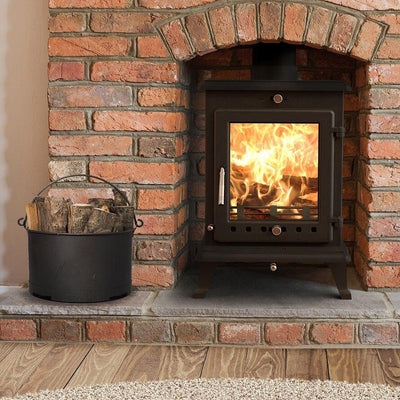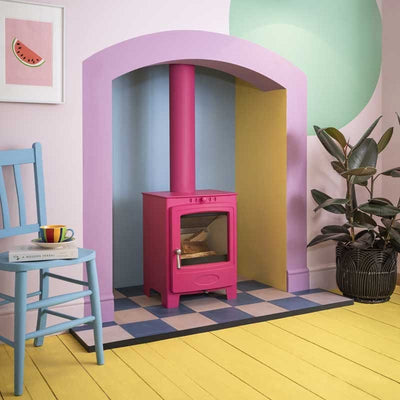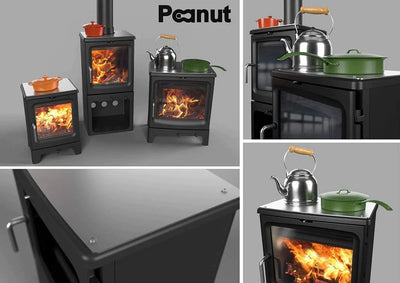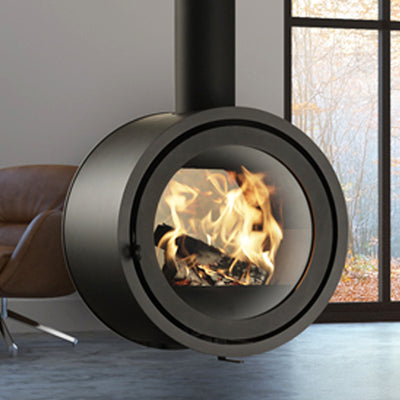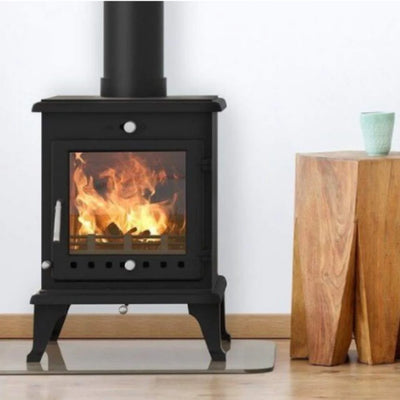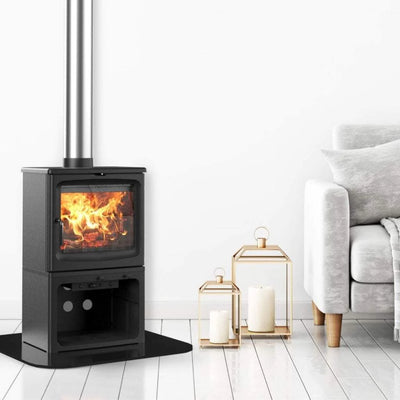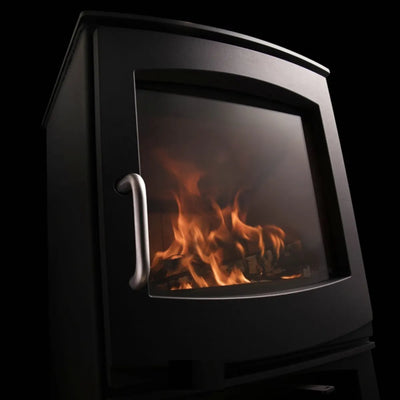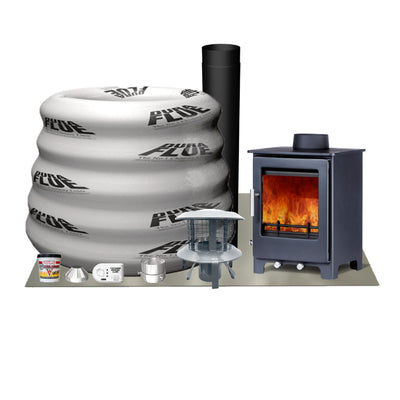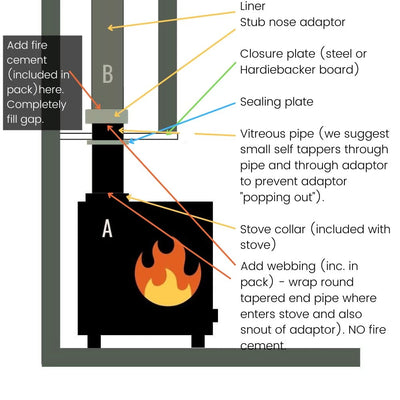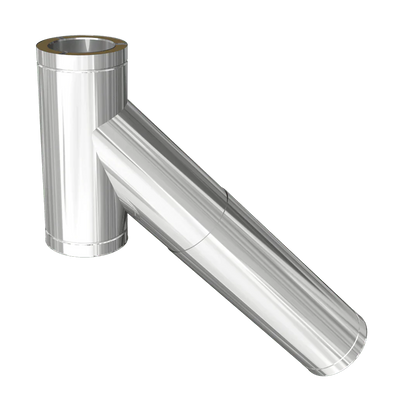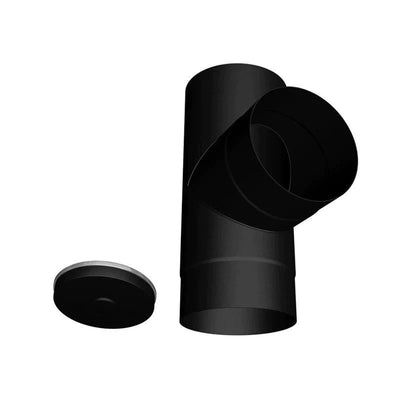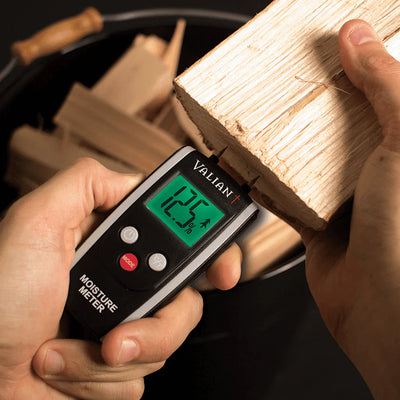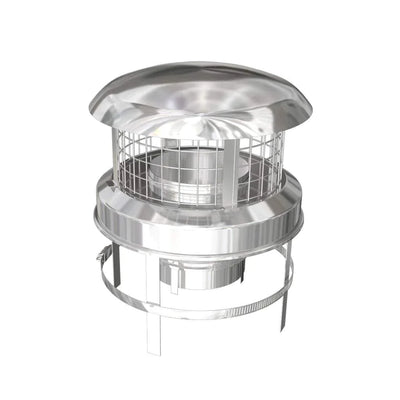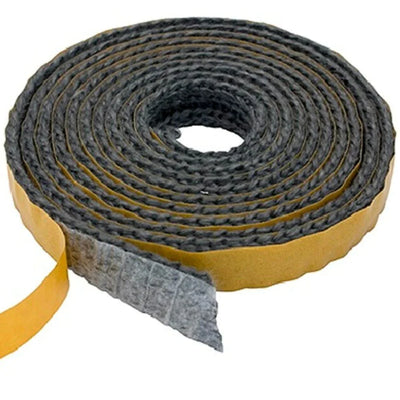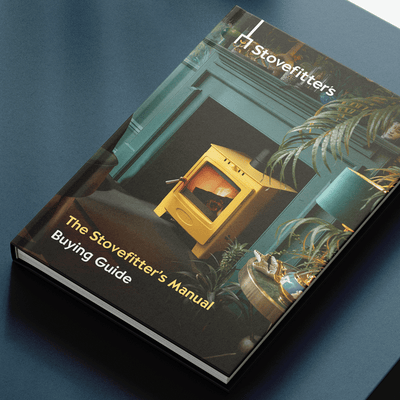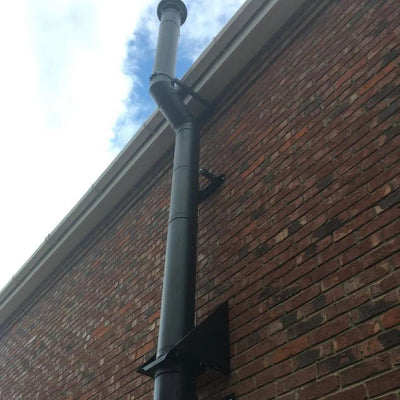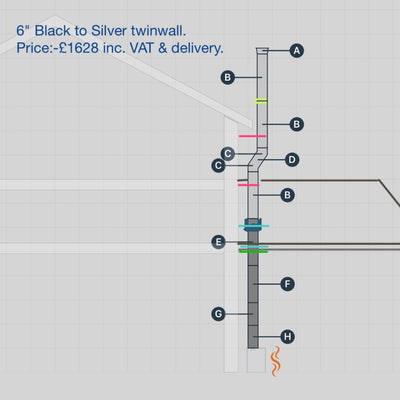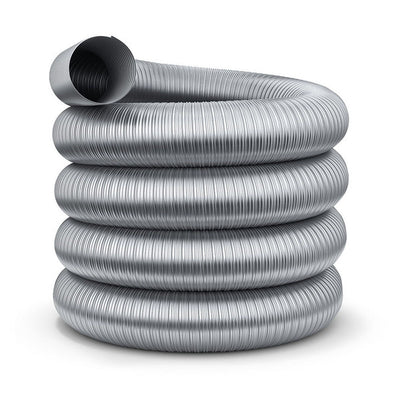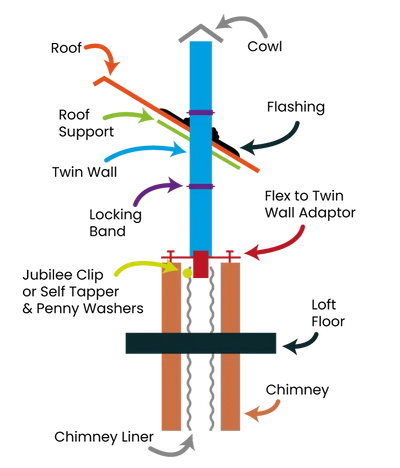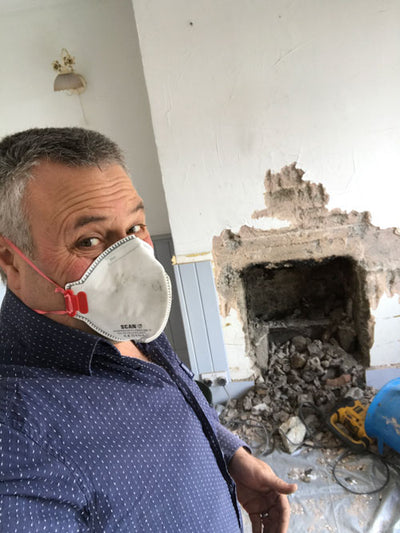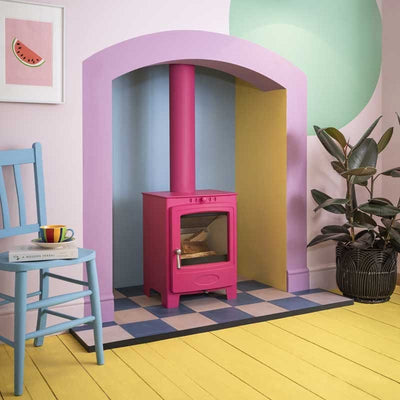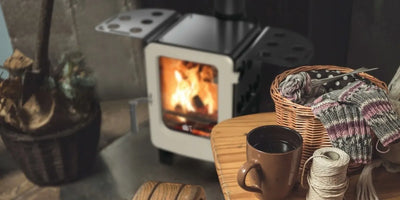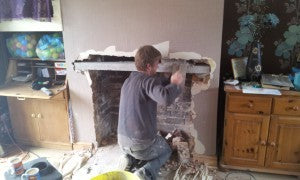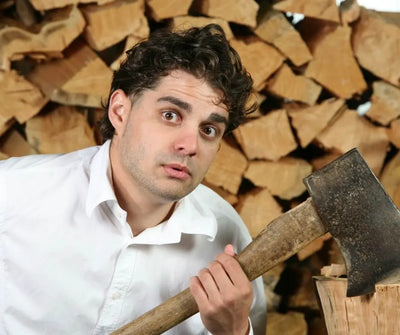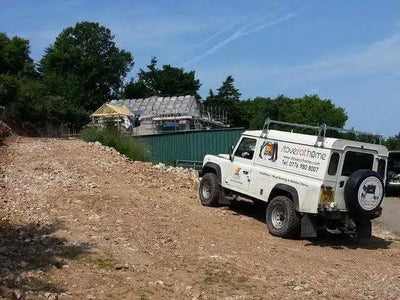Wood burning stoves: health and the environment
5 mins
Wood burning stoves: health and the environment

Recent Press - Good News (for a change)
Feb 2022 https://www.telegraph.co.uk/environment/2022/02/15/wood-burning-stoves-cause-half-much-pollution-thought/WOOD BURNING STOVES CAUSE ONLY HALF AS MUCH POLLUTION AS THOUGHT
I'm swapping my useless heat pump for a wood burner https://www.telegraph.co.uk/money/consumer-affairs/swapping-useless-heat-pump-log-burner/
Wood burner sales are booming https://www.telegraph.co.uk/family/life/middle-england-getting-heated-wood-burners/
21 February 2020 https://www.telegraph.co.uk/women/life/give-wood-burning-stove-just-had-installed/So much is bad for us in modern life: sugar, wine, time spent online, stress, and in 2019 I’m aiming to cut back on them all. But give up my stove? Not a chance.
28 Dec 2020 https://www.telegraph.co.uk/family/life/sales-log-burners-booming-can-still-eco-friendly/Sales of log burners are booming – and they can still be eco-friendly"Whatever the choice of fire, I know that mine has been, hands down, my most satisfying purchase." Jessica Salter

Indoor Air Quality
What are PM 2.5's and are they dangerous to children?
PM 2.5 particles are the smallest particles and are in the air inside and outside of our homes whether we have a stove or not (think the finest of dust particles). It is these particles that are dangerous to health for everybody if prevalent in high enough numbers over long periods of time.
A wood burning stove, correctly working, will not exceed small particle safe-guidelines (I will provide some figures shortly) or come anywhere close. A stove sucks air from the room, drawing particles into the fire and off up the chimney and outside.
The conclusions of a US survey in 2019 by the Journal of Exposure Science and Environmental Epidemiology were that homes without stoves had a Median PM 2.5 of 6.65 µg/m3 whilst homes with stoves were a fraction higher at 7.98 µg/m3J. As a comparison outside air in central London averages 18-25 µg/m3.
Just think about that for a minute: a home has a natural and normal amount of 6.65 µg/m3 PM 2.5 particles all of the time, 24 hours a day (in my home it is usually around 7µg/m3 ). Using a wood stove can increase that a smidgen for the few hours the stove is on (whilst still remaining well within recommended safe guidelines).
So "very safe" becomes "still very safe".
With regard to clean air DEFRA states that their cleanest and freshest air classed is anything under 11 µg/m3. The World Health Organisation's advice is not to exceed annual average concentrations of PM 2.5 of 10 µg/m3n.
Note that this is an average over a whole year so even if your stove was running 24 hours a day, 365 days a year the average PM 2.5 levels would still be within WHO safe guidelines. For most homes, woodburners are only used for a few hours a day, a few months of the year and PM2.5 additions, caused by a stove, are negligible.
Stoves you might like
View allWood stoves and indoor pollution due to PM 2.5 particles (includes Central London and Delhi outdoor-levels for comparison)

One Day in My Own Home
No stove lit - 11:00 to 17:12
Highlighted figure is PM2.5 level - under 35 is low, under 11 is there absolute freshest on the DEFRA scale.
Scroll through the pictures to get the full story.

007

037
Experiment: I lit one match and let it burn almost to finger. I stood 2 metres from the meter.

007
Levels returned to "007" about 10 minutes later.

107
Wife gently cooked an omelette (did not burn it).

90 > 55 > 37
It took one hour and 13 minutes for the PM2.5 levels (caused by the wife cooking an omelette) to drop from 107 to 37

026 > 019
And another hour to drop from 37 to 19
Stove lit - 17:12 to 21:00
Highlighted figure is PM2.5 level (under 35 is low, under 11 is the absolute freshest on the DEFRA scale).
Scroll through the pictures to get the full story.

011 > 016
Prior to lighting reading is 011.
Why did lighting a match not cause a significant raise as it did in the morning? Because I lit the match just inside the stove door and the draw of the chimney sucked away any smoke or smell from the match.

016 > 017

007
A couple of minutes after opening the door, prodding the logs to rearrange, and adding a new log.

014

010

008
Rest of evening settles around 008 to 010.

The Press
Recent press reports (late Dec 2020) discussed PM 2.5 pollution inside houses. These articles all stemmed from one syndicated article. The article is by Rohit Chakraborty of "The Live Forever Club" (https://liveforever.club/resources/rohit-chakraborty), using a sample of just 19 stove users) and this stated:
"The results showed the burners were usually lit for about four hours at a time... During those four hours, average particle levels rose to between 27 and 195 micrograms per cubic metre of air" (under 35 is low, under 11 is there absolute freshest on the DEFRA scale).
This data differs wildly from the US data and I can state that these outlandish levels are not comparable to levels in my own house or other people I know with wood stoves. Lighting the or refuelling the stove in my house makes almost no difference whatsoever to small particulate levels (open my stove door and air is sucked INTO the stove and off up the chimney - "sucks the slippers off grandma" as the old saying goes).
Cooking causes the meter to go up and this is to be expected: the cooking particles are not funnelled up a chimney. Toast caused the PM 2.5 level to shoot up to 92 and well-done sausages peaked at 218. So are we going to ban sausages? How about toasters?
One thing is worth mentioning. When the level does rise it takes quite a while (an hour or two) to fall, unless multiple windows are opening to allow through-air (so post-sausage cooking you will be breathing in very high levels of PM 2.5 for a few hours).
I first got into installing wood burners because they appealed. They were simple, down to earth. I also liked that wood was a renewable resource and the government was pushing them as helpful in the fight against fossil fuel pollution. This was in 2007 and my life has revolved around them ever since.
Recent bad press in the media and outbursts from politicians has concerned me. A dip in sales I can cope with but am I doing wrong? Is what I thought to be a valuable part of the renewables revolution something else entirely? Are there invisible particles floating around in my house?
This article followed my evaluation of the recent "Hysteria".
- Julian Patrick, site owner and author Stovefitter's Manual (January 2019)

Ecodesign
The banning of older, poor performance stoves
Around 2.5 million homes in the UK use solid fuel fire or stoves.
https://www.gov.uk/government/publications/air-quality-explaining-air-pollution/air-quality-explaining-air-pollution-at-a-glance
In 2022 all wood burning stoves sold in Europe must be from a new generation of extremely clean-burning Ecodesign models (look for the term Ecodesign). Particles (the pollution) will be reduced to a bare minimum. Older, more polluting models (usually cheap Chinese) will be banned.
Good news you might think and, for the stove industry working hard on these new models, an exciting new era. I visited a factory in Devon and was surprised at the amount of time and technology that went into testing their latest models.
You might need
View all
It Started in London
At the same time as the stove industry was innovating, a few high-profile politicians realised that air pollution in cities was becoming a hot topic and one that needed some swift attention. London, where most of these politicians are based, has high levels of air pollution because so many people are so tightly-packed into a small area and road traffic is dense, slow-moving and constant.
So let's focus on London.
During the winter of 2018 and then again in 2019 the British media, prompted by Environment Secretary, Michael Gove and Mayor of London, Sadiq Kahn lashed out:
"Wood burning stoves to be banned", said the headlines, followed by an avalanche of articles about the perceived sins of the wood burning stove (a few years earlier wood stoves were feted as part of the march toward a renewables energy revolution).
Much of what was written in these outbursts turned out to be, at best, sensationalist and, at worst, highly inaccurate.
It was also aimed at the wrong target entirely (we shall come to this shortly).
Kudos to the Mayor of London - he did later come out in support of Ecodesign stoves: https://www.london.gov.uk/press-releases/mayoral/tackling-toxic-emissions-from-wood-burners although the good news is not what the press tends to promote so maybe you did not read about this.
In central London, in 2013, 62% of PM2.5 emissions were from road transport (exhaust fumes, disk brake wear, tyre wear). This from the Mayor of London's own report (PM2.5 emissions are the smaller particles that are of the most concern when it comes to pollution).
Source: https://www.london.gov.uk/sites/default/files/les_appendix_2_-_evidence_base_0.pdf
Okay - it is from 2013. But the 2020 forecast does not look much different.
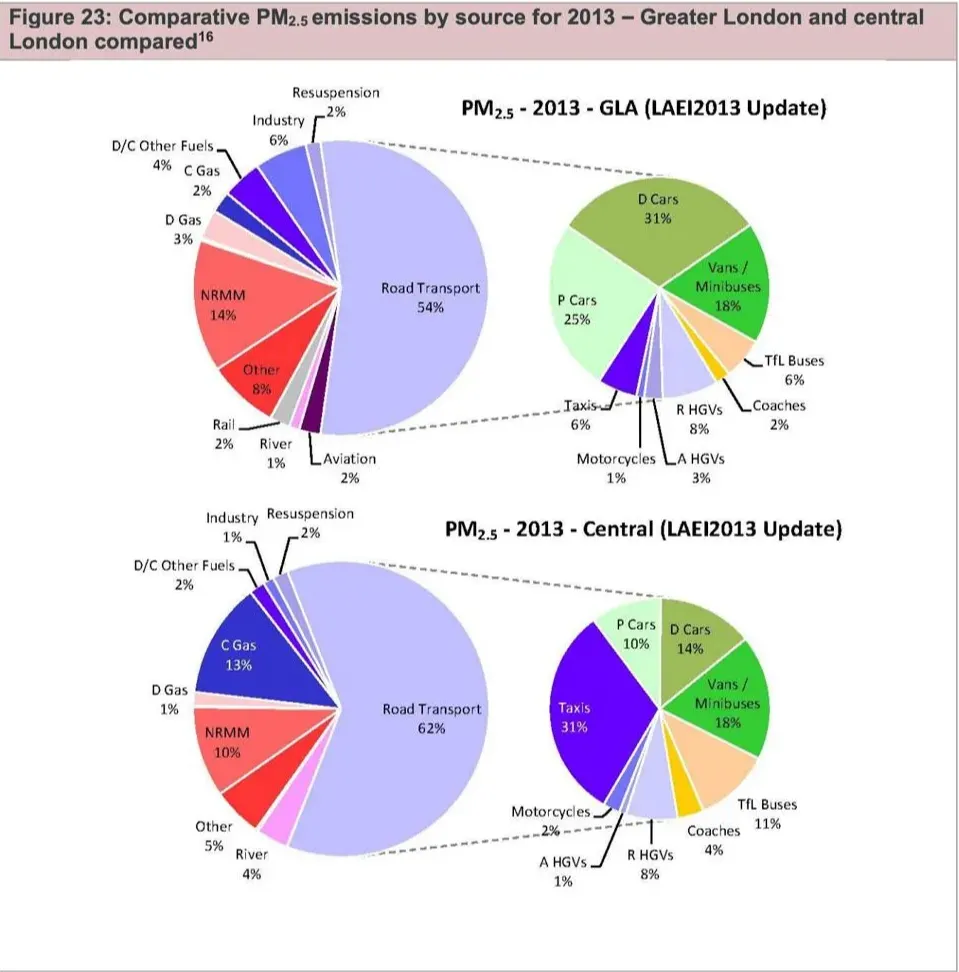
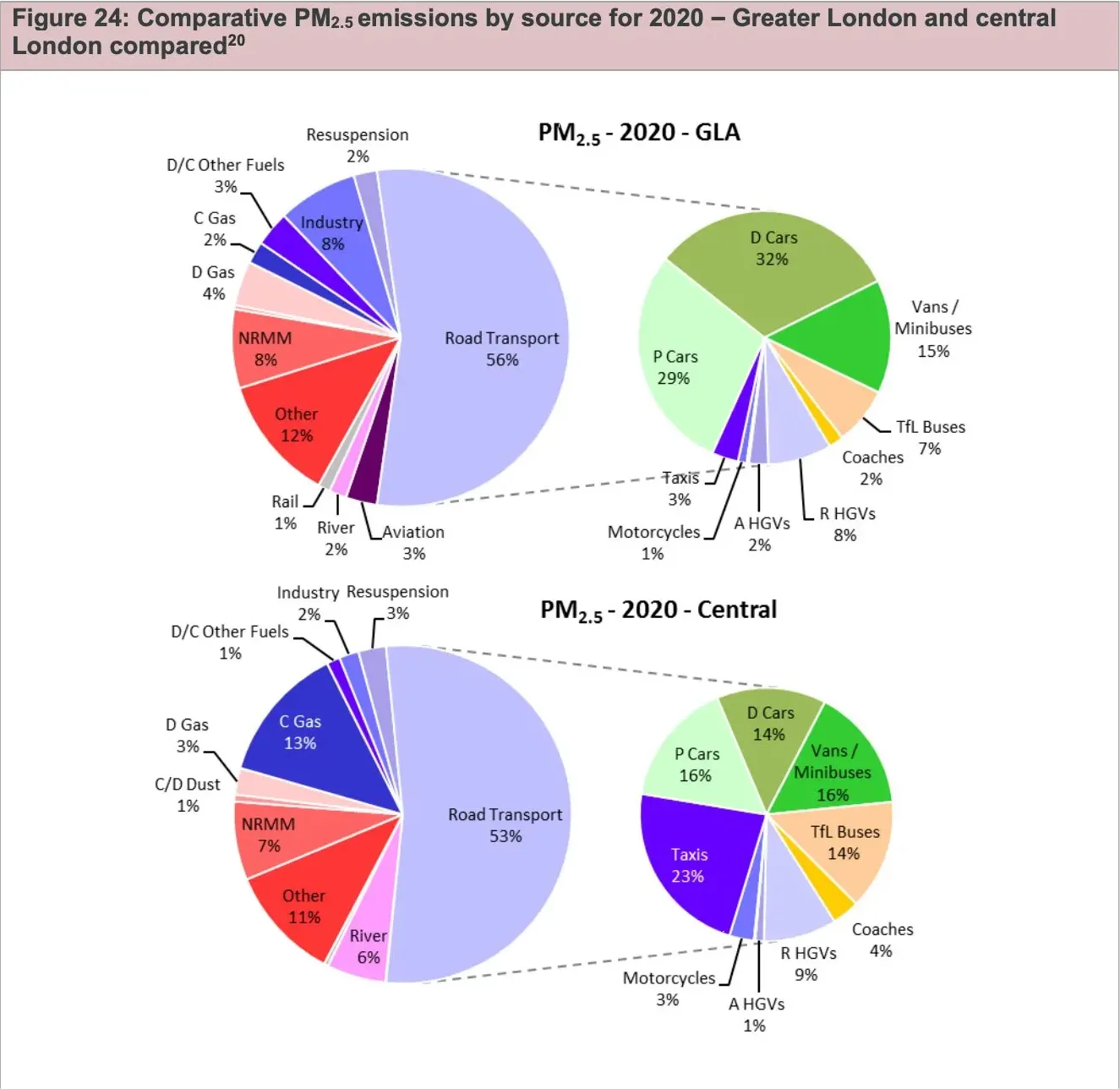
The 2020 Forecast
Where does the burning of coal, wood and smokeless fuel fit within the above charts? It is within the D/C (domestic and commercial) Other Fuels (central London 2% in 2013, projected 1% 2020).
Take a look at the PM 2.5 emissions from domestic gas for 2013 (1% in 2013 projected 3% 2020).
Now look at the projected trends to 2050 from the same document
Projected Trends 2013 - 2050

Woodburning and multifuel stoves are within one of those little Pantone coloured strips, lumped in with open fires (more about this in a moment).
Of course one can do anything with statistics. The above figures are average for the year. In summer months emissions from solid fuel heating will often be close to zero (helping the average). In winter, especially in the evenings, the figure will be higher:
"In summer months the amount of pollution caused by solid fuel burning can be very low, but in winter wood burning can contribute up to 10 per cent of local emissions in London". https://www.london.gov.uk/programmes-and-strategies/environment-and-climate-change/pollution-and-air-quality/guidance-wood-burning-london

The Real Culprit
So at its worst 10%? Unfairly lumped in with modern wood-burning stoves, old and new, are open fires and it is these that are the biggest offenders when it comes to the PM emissions caused by home heating. In London, 69% of solid fuel installations are inefficient open-fires (40% for the UK as a whole). If anything is to be banned it should be open fires and not wood burning stoves.
A ten-year-old wood stove has 80% fewer PM emissions than an open fire and the new Ecodesign stoves are even better at 90%. The politicians and media should have focused on open fires which account for 69% of solid fuel fires in London.
That headline that said "Wood Burning Stoves to be Banned" should have stated, "Open Fires to be Banned". But one cannot ban open fires because they are already built into the houses. Nobody is going to storm in and destroy them. So they attacked an easier target - wood burning stoves, the product that is 80-90% cleaner burning and the product that makes up just 31% of the London market. The people who replaced their open fires with wood burning stoves are the one the government and the media should be saluting.
Did you know that in London and many of our cities it is illegal to burn wood on an open fire? The problem is that politicians have not enforced this and the media have never shown an interest. Perhaps it is easier for them to attack something else in order to divert attention from their lack of action?
Oh... those articles about comparing stoves to trucks. Much of that is not correct and I'll be updating that here asap.

The Future for Wood Burning Stoves
Are older wood burning stoves to be banned? Not if already installed. After 2020 new models will have to confirm to Ecodesign standards. And so they should. Every open fire upgraded to a new Ecodesign stove will reduce particle emissions by up to 90%. Technology moves on and if it exists and we can make the world a better place then so we should.
EcoDesign arrives in 2022 and is promoted by the government as the next generation of clean wood stoves.
As 2022 approaches more and more press releases shall be released by the government (and presumably more rubbish from the media will be spouted).
The government, very reasonably, want to reduce the following:
- Old, inefficient open-fireplaces and old, inefficient wood-burning stoves.
- The selling of damp wood.
They want customers to purchase the latest Ecodesign-Ready stoves and want users to burn dry wood only. This is completely in line with stove-industry desires.
Let's continue the good work. Say no to open fires. Ecodesign is the way forward.

Climate Change
Let's not forget that almost everything causes some weight to be added to the "negative" side of the scale when it comes to the environment. Solar panels? Wind turbines? All need manufacturing and servicing and all have a carbon footprint. Car, rather than bicycle? Tyres need changing at some time. Not to mention plastics, airports and so on.
Coal and gas are not renewable resources. Electricity is not when it comes from a coal-powered power plant.
Wood is a renewable resource. A tree absorbs carbon when it is growing and emits it when burned or rots on the ground. Carbon neutral.
25 May 2019: Please note that this article will remain "work in progress" whilst I continue to investigate the subject thoroughly. It is a hard slog reading all the articles but difficult to interpret the results and remove bias. If anybody can assist me to improve this article feel free: info@stovefitterswarehouse.co.uk
Poor behaviour of politicians and media risks damaging an industry that can play a valuable role in the renewable energy market, a market that I feel passionate about. My wife and I have an Ecodesign wood burning stove and, because of this, we never use the gas central heating. We have a well-insulated property and just a few logs, on cold evenings, keep our open-plan property warm and cosy. The smoke from our chimney is generally invisible, so clean and hot is the burn.

More buying guides
View All
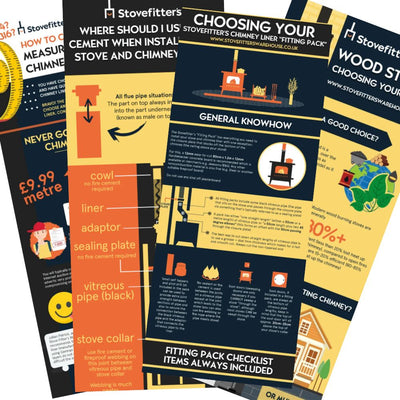
How to choose a wood burning stove for your property (includes infographic)
Infographics

What size wood stove do I need? Don't let manufacturers fool you!
Buying Guides
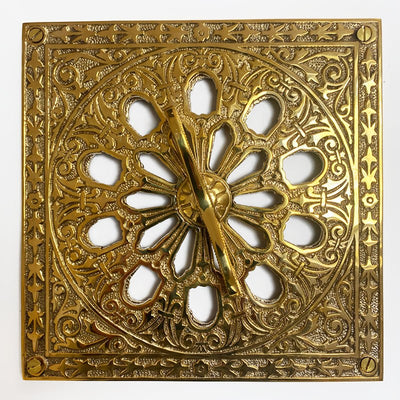
Do I need an air vent for a wood burning stove? If I do not bother?
Buying & DIY

Knowledge Tree: Process of buying and installing a wood burning stove
Buying & DIY
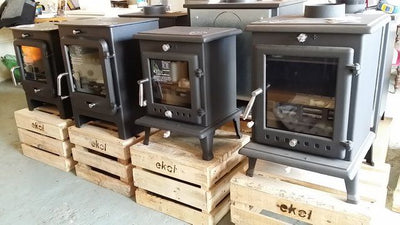
Chinese wood burners – should I buy one or are they all crap?
Buying Guides

What else do I need to buy to install a wood burning stove?
DIY Guides

Infographics for wood burning stove purchase and install
Infographics
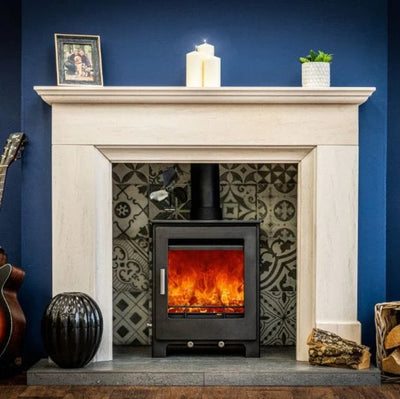
Wood burning or multifuel stove? A stove fitter decides.
Buying Guides
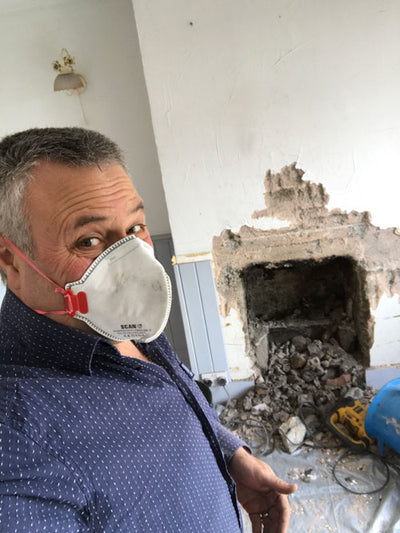
A few words from Julian
Buying & DIY



